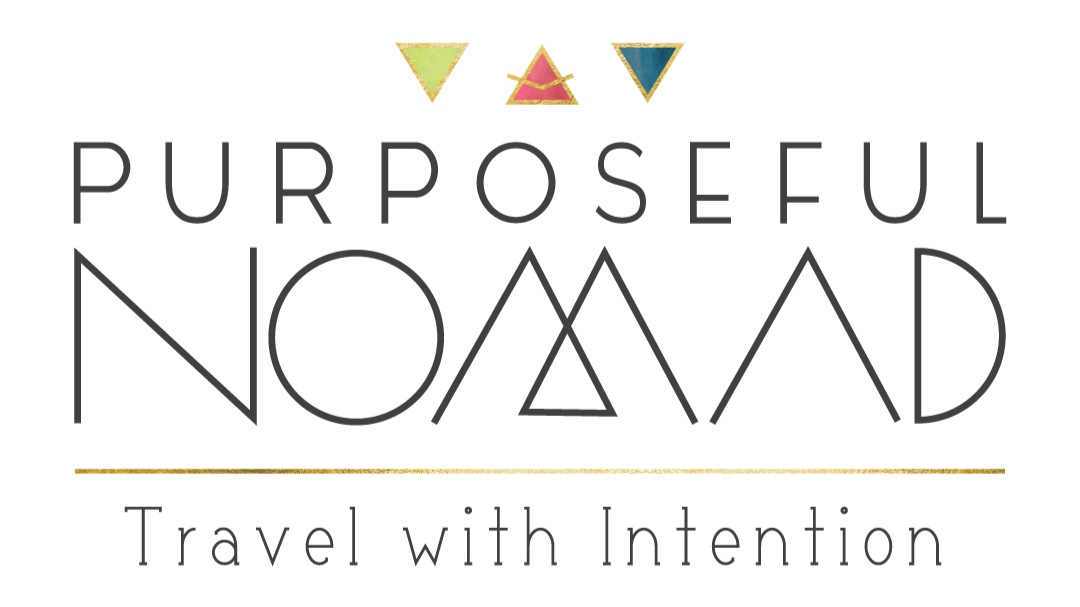The camera can be a tool that gives you access into communities, environments, and cultures that you might never otherwise explore thoroughly.
I recall one of the first times I used my camera to experience a culture. This was probably the first time I traveled alone and I wanted to have an adventure outside the resort I was staying in.
When I was in Kenya, I took a solo trip to the coast with my camera and after a day of lying in the hot sun and looking at the beach, I grew bored. I wanted to understand, experience, immerse myself in how the locals lived. You can learn about another culture by going on a tour, but sometimes to see things in a new way, you need your camera.
I saw three young Kenyan men fishing with a spear, and I watched for a while wondering if I should approach them.
Part of me was scared to interact and initiate a conversation. However, I felt like this was my way into a deeper experience.
I walked up to them and introduced myself. I told them I was working on photography projects and that I wanted to return the next day to fish with them and take photographs. They agreed.
One of the fisherman I met in Kenya.
The next day, I met them at the beach, where they spearfished for a few hours in scuba gear. Then we went on a carved-out wooden canoe into deeper water. They told me about their homes and how hard it was to secure loans in Kenya to start businesses so they used their fishing to offset living costs.
At the end of the shoot, they asked if I wanted to walk back to the community and take photos there. I agreed. They cooked a fish, and we sat and talked about life and their traditions. It was a great day, and I’m so happy I took a chance. I even won an award for one of the photographs taken that day.
So how do you use your own camera to help you explore a new place? Here are 9 tips that can help you connect more with people in new cultures:
1. Take your time and don’t be shy. The worst thing that can happen is they say no.
2. Ask before you photograph anyone. If they say no, then walk away to respect their wishes. You don’t want to force yourself into a situation if your subject is unwilling
A marketplace in Kenya.
3. Find people—like bakers, storeowners, fishermen—not invested in tourism to follow around. By photographing people who are embedded in the everyday life of the community, you’ll get a more authentic view into the local culture.
4. Go where the locals go—not where the tourists go—to find good opportunities to get to know people (and photograph them). For instance, head to a produce market. You’ll be amazed at how much easier it is to get to know people in a natural setting.
5. If you’re truly trying to be involved in a community, hire a translator—at least for the first day—so the local people understand your intentions and where the images you’re taking will be used.
6. If you’re a more experienced photographer, consider bringing a portable printer or instant camera to share pictures with people you’re photographing. It’s hard to send prints in the mail, and it may be the case they don’t have email. You’ll find that sometimes, in certain parts of the world, people have never even seen a photo of themselves.
The sun streams through sheets hanging in a village.
7. If you’re interested in places and people a bit off the grid but aren’t sure how to go about arranging a non-touristy trip, a good place to start is researching local NGOs/nonprofits in the area. You can ask to volunteer and take photos for them. They’re a great link to communities, and you’ll end up in new places and meeting people you might not otherwise.
By the way, it’s important to note that I don’t fully believe in “voluntourism”—when vacationers volunteer to teach English, build a school, or work in a nonprofit. I advocate for putting the volunteering before the vacation. So make sure to research the organization and ask locals about its practices. Not all NGOs and volunteer opportunities are created equal. At Purposeful Nomad, we are working on establishing relationships and vetting organizations so that we can help women maximize their experience and do real good. Pursue the experience you want, but make sure you vet the organization.
8. If people seem nervous, try to make them laugh or feel at ease. Maybe start off with a selfie with them to get them comfortable. Show them their image on the back of your digital camera.
9. The bottom line: Always look for ways to reach out and start a conversation. Humans are most afraid of what they don’t know—if you make the effort, you can truly get to know the people and community. As a bonus, your photography will really start to open up!




